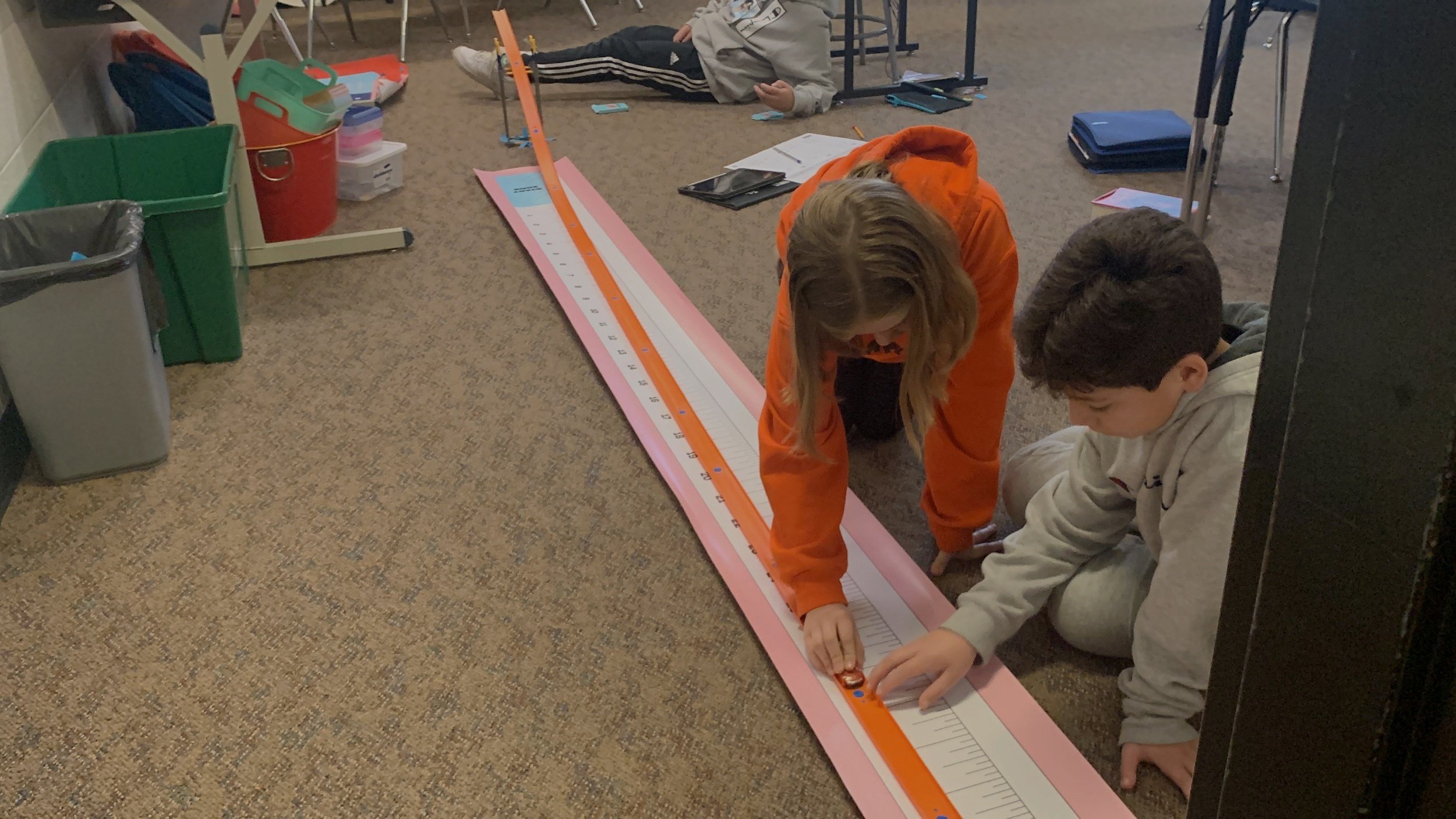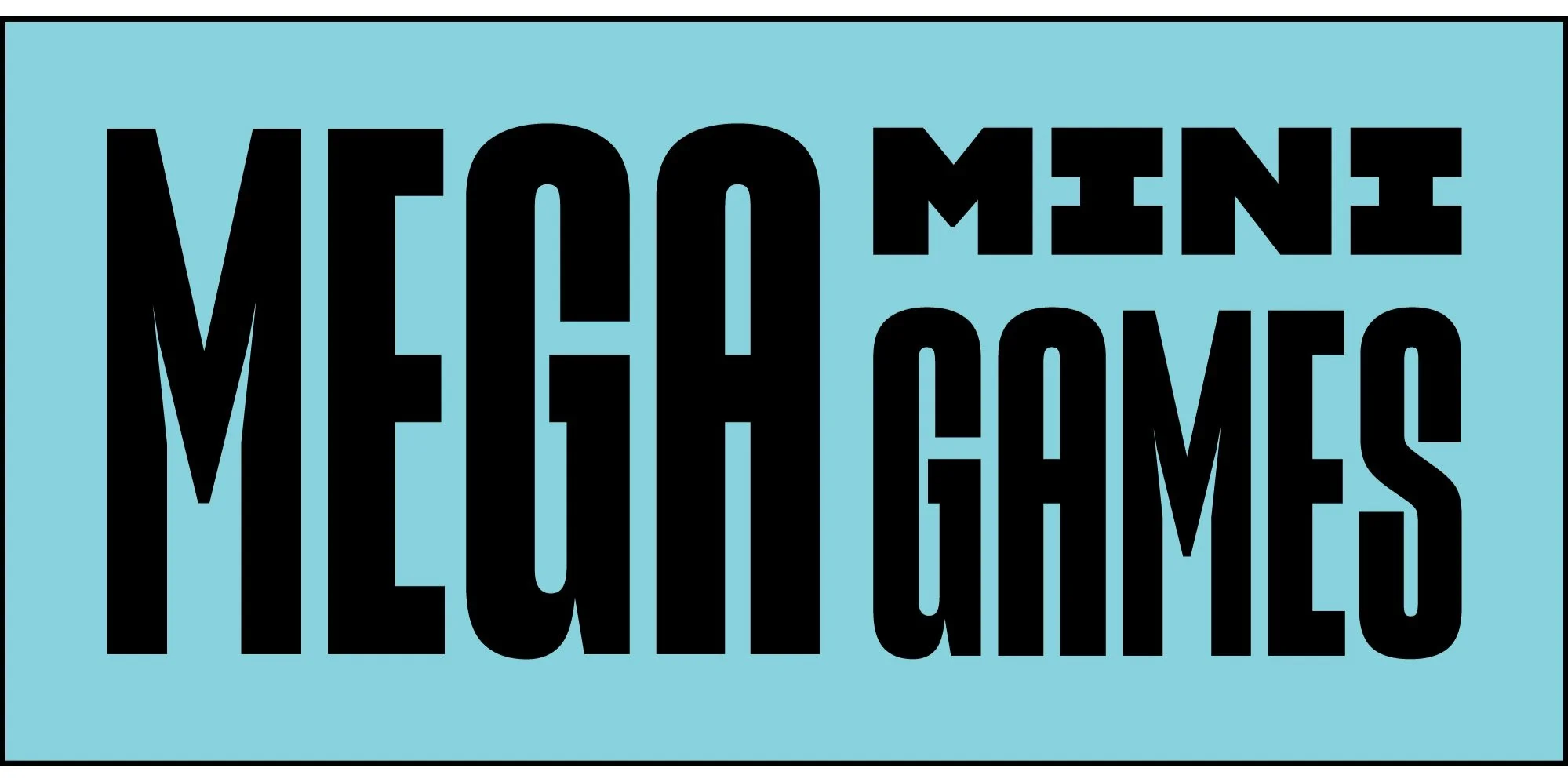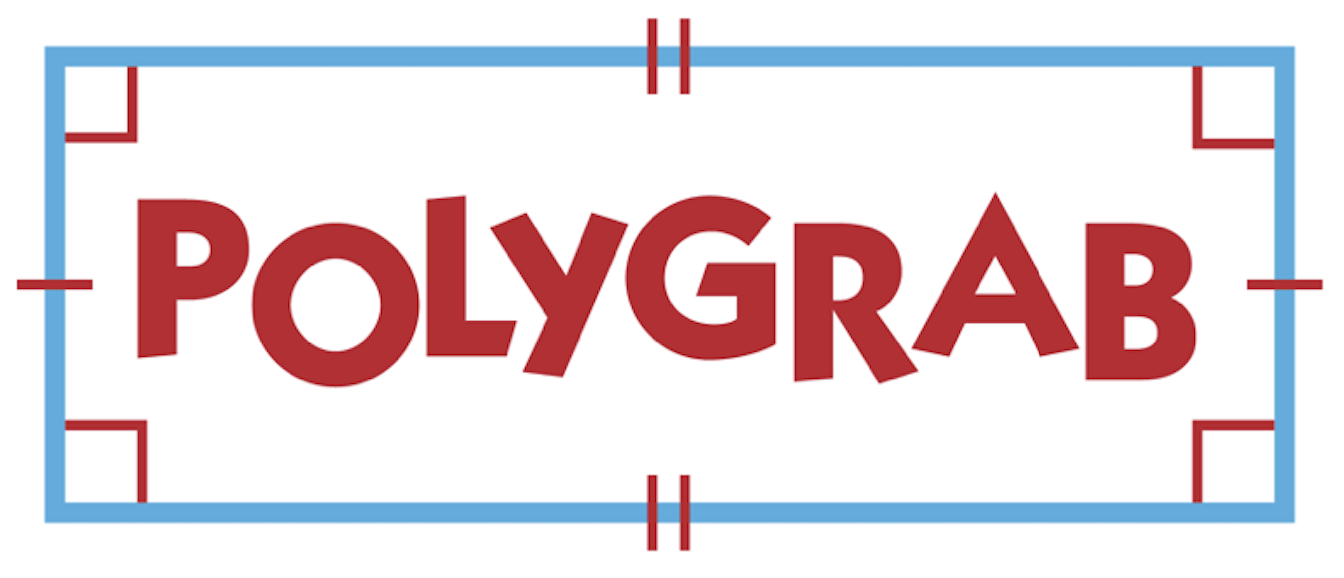
Hands-on math activities that build conceptual understanding & fluency
There’s more to math than worksheets and computer programs.
Teachers call it engagement. Researchers call it flow. Kids call it fun. Whatever language we use, we know that students learn more when they love what they're doing.
Bring energy & excitement into your math classroom with MEGA MINI GAMES.

“We just did the first lesson of Mega Mini Games and it was amazing! We are excited to keep working on this!”

Our fractions project invites students to a special “design camp” hosted by MEGA MINI GAMES, the world’s best math game company. They will play fun fraction games and have a chance to work as a team to design their own game.
Design Camp 1, ideal for 4th grade, provides hands-on practice with these standards:
Understand a fraction 1/b as the quantity formed by 1 part when a whole is partitioned into b equal parts; understand a fraction a/b as the quantity formed by a parts of size 1/b. 3.NF.A.1
Understand a fraction as a number on the number line; represent fractions on a number line diagram. 3.NF.A.2
Explain equivalence of fractions in special cases, and compare fractions by reasoning about their size. 3.NF.A.3.
Explain why a fraction a/b is equivalent to a fraction (n × a)/(n × b) by using visual fraction models, with attention to how the number and size of the parts differ even though the two fractions themselves are the same size. Use this principle to recognize and generate equivalent fractions. 4.NF.A.1
Compare two fractions with different numerators and different denominators, e.g., by creating common denominators or numerators, or by comparing to a benchmark fraction such as 1/2. 4.NF.A.2.
Understand a fraction a/b with a > 1 as a sum of fractions 1/b. 4.NF.B.3
Apply and extend previous understandings of multiplication to multiply a fraction by a whole number. 4.NF.B.4
OPTIONAL: Add and subtract fractions with unlike denominators (including mixed numbers) by replacing given fractions with equivalent fractions in such a way as to produce an equivalent sum or difference of fractions with like denominators. 5.NF.A.1
Design Camp 2, for 5th grade & up, covers:
Add and subtract fractions with unlike denominators (including mixed numbers) by replacing given fractions with equivalent fractions in such a way as to produce an equivalent sum or difference of fractions with like denominators. 5.NF.A.1
Solve word problems involving addition and subtraction of fractions referring to the same whole, including cases of unlike denominators, e.g., by using visual fraction models or equations to represent the problem. 5.NF.A.2
Interpret a fraction as division of the numerator by the denominator (a/b = a ÷ b). Solve word problems involving division of whole numbers leading to answers in the form of fractions or mixed numbers, e.g., by using visual fraction models or equations to represent the problem. 5.NF.B.3
Apply and extend previous understandings of multiplication to multiply a fraction or whole number by a fraction. 5.NF.B.4.
Solve real world problems involving multiplication of fractions and mixed numbers. 5.NF.B.6
Apply and extend previous understandings of division to divide unit fractions by whole numbers and whole numbers by unit fractions. 5.NF.B.7
“You’re learning, but you’re not knowing that you’re learning.”

You can also try these FREE, downloadable print-and-play games:
4 SQUARE
Learn: Coordinate geometry
Players roll 3 dice and use the values to plot points on a coordinate grid, placing them strategically to form more squares than their opponent.
CCM 5.G.A.1
ON THE SPOT
Learn: Metric measurement
Players use origami to make a paper square, then take turns trying to toss it near a target. Scoring requires precision measurement & conversion between centimeters and meters.
CCM 5.MD.A.1, MP.6
GRAF(X)
Learn: Graphing / patterns & relationships
Working in teams, players try to figure out a mathematical rule being used by one of their teammates.
CCM 5.OA.B.3 | 5.G.A.1
POLYGRAB
Learn: Classifying 2D shapes
Players pass cards to one another, trying to be the first to form a matched set of one polygon’s name, shape, and properties.
5.G.B.3
BUMP
Learn: Place value / multiplying & dividing by 10
Players multiply 2 dice and flip a coin. Heads multiplies the product by 10, tails by 0.1. The goal is to knock the other player’s tokens off the board with lucky rolls.
5.NBT.A.1
MEGA BINGO
Learn: All fraction operations
In this twist on the classic game, players are given a whole number and a fraction. They add, subtract, multiply, and divide them to create number options for their card.
5.NF.A-B
TARGET ZERO
Learn: Subtracting mixed fractions
Players create a mixed fraction from a draw of cards and subtract it from 12, then decide whether to risk another draw to try to get closer to zero.
5.NF.A.1
FRACTION FLIP
Learn: Equivalent fractions
In this adaptation of the traditional game Memory, players try to identify and remember the position of equivalent fractions on a grid of cards.
3.NF.A.3.B | 4.NF.A.1 | 5.NF.A.1
TAP SHOT
Learn: Multiplying fractions
Players slide a coin or paper clip across a game board into a scoring zone, keeping score by multiplying zone values by 1/4.
5.NF.B.4 | 5.NF.B.6 | 5.NF.A.1
ESCAPE FROM EVEREST
Learn: Multiplying whole numbers by fractions
Working cooperatively, players assemble fraction equations trying to reach a target, trying to escape from Everest before nightfall.
5.NF.B.3-4 | 5.NF.B.6
PEAS IN A POD
Learn: Dividing whole numbers by fractions
Players try to make 3 pods of 3 peas in a row by solving a fraction division sentence and choosing a number on the game board
5.NF.B.3 | 5.NF.B.7




















